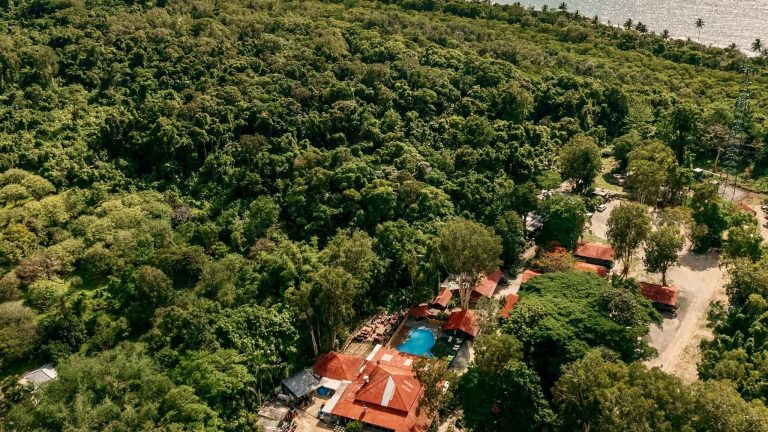Big investors to dodge by volatility by chasing real estate

Top commercial real estate in gateway cities like Sydney could benefit from trade turmoil.
Turmoil ripping through global stockmarkets could make commercial real estate more attractive to investors with central banks expected to respond to the up-ending of global trade by driving interest rates down.
While large investors may be nervous about committing to fresh deals, analysts believe that conditions will suit hard assets that are less exposed to volatile listed markets.
Knight Frank partner, institutional capital, Adam Fairfax, expects lower bond yields, a preference for real estate over equities, and better valuation dynamics to emerge from the crisis.
“If the dollar falls and the stockmarket is on the nose, then direct real estate becomes more attractive as an asset class,” he said. “Real estate devaluations look as though they’re probably at an end as a result of the lower 10-year bond yield,” he said.
CBRE head of research, Pacific and ESG Asia, Sameer Chopra, said the Australian economy was relatively insulated from global ructions, adding that sentiment was shifting towards a slightly more aggressive rate cutting cycle in 2025.
Markets had previously pencilled in two cuts for 2025 for Australia and but are now looking at three to four cuts, and bond yields have fallen from highs but are still significantly above 2019 levels.
Mr Chopra indicated the impact on investment volumes was yet to become apparent. “We had pencilled in a 15 per cent lift in volumes for 2025 previously but this could slow as offshore investors become cautious about deploying capital globally – if the stay/invest locally (theme) becomes more prevalent,” he said.
JLL head of research, Australasia, Andrew Ballantyne flagged as more significant impact on the local economy down the track. “The direct impacts on the economies of Australia and New Zealand are fairly benign compared to some other geographies. However, the indirect impact is more significant as tariffs are expected to exert downward pressure on growth prospects for major trading partners.,” he said.
Mr Ballantyne said economic risks were skewed more to the downside if domestic investment and consumption also contracted in response to increased uncertainty. “Business and consumer confidence surveys have already softened in 2025 prior to the most recent announcement,” he said.
He harked back to the experience of earlier crisis conditions. “With the benefit of similar historical precedent, prolonged cycles of lower confidence directly impact investment and consumption patterns and heighten the short-term risk to economic growth rates and, by extension, commercial real estate,” he said.
However, he also pointed to expectations of lower rates, with the futures market pricing in the Reserve Bank cutting the cash rate a further three times in 2025.
Savills national director, capital markets, research, Chris Naughtin, warned of the impact of US tariffs on global growth, as they could delay spending and investment decisions, dampen confidence, and increase inflationary pressures.
“While the direct impact on Australia will be limited given that only 4 per cent of our exports go to the US, the indirect fallout through our major trading partners, particularly China, will be more significant,” he said.
Mr Naughtin expected demand for real estate to pick up as investors head for safety. “The shift in the rate outlook will support the nascent recovery in the commercial property asset price cycle,” he said.
“We’re seeing a clear pivot to a risk-off environment in global capital markets, with investors unwinding crowded US equity positions and reallocating capital into European and Asian assets. Investors will look to commercial property to secure stable, income-producing assets as they reassess asset allocations and risk exposures in this increasingly uncertain environment.”







